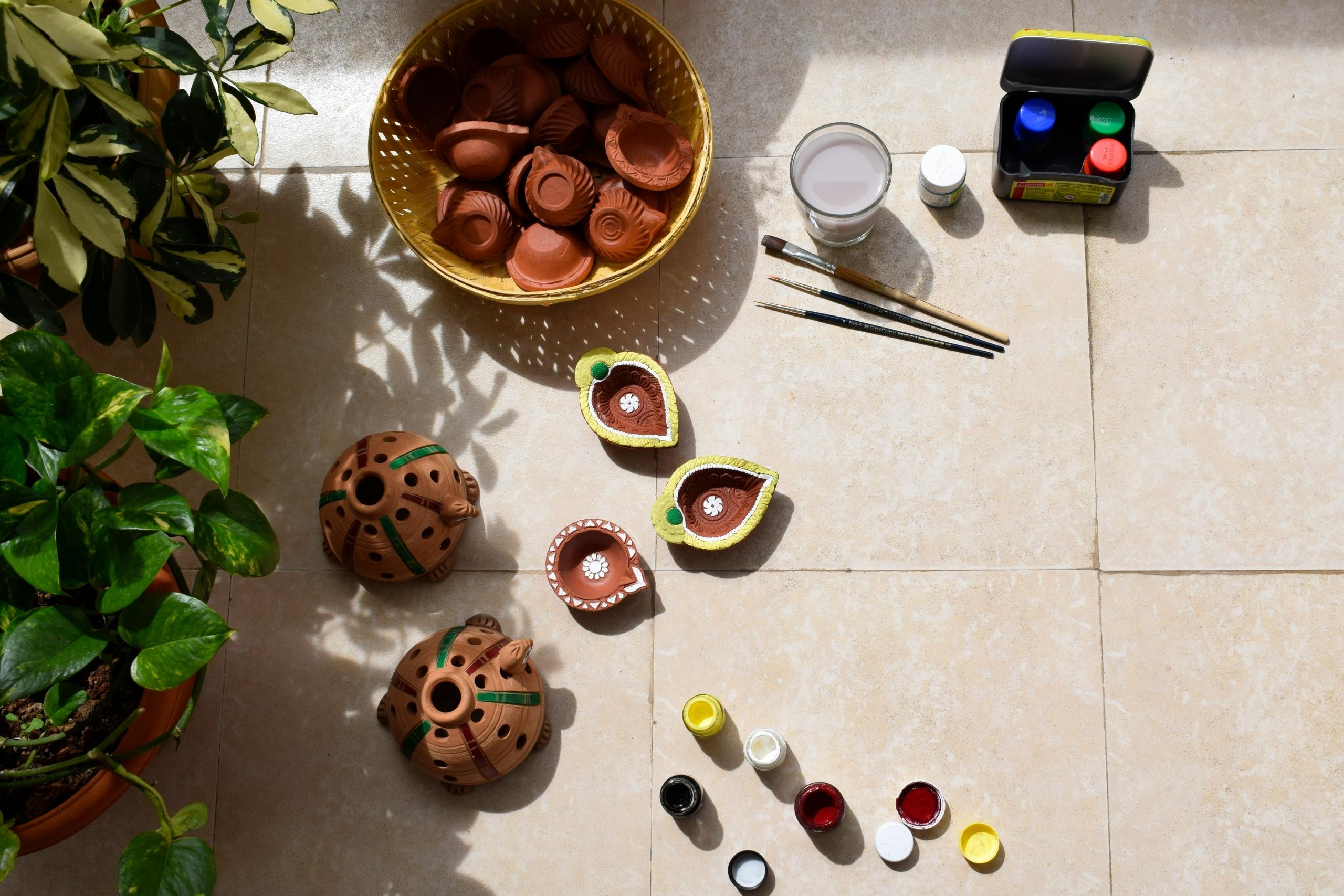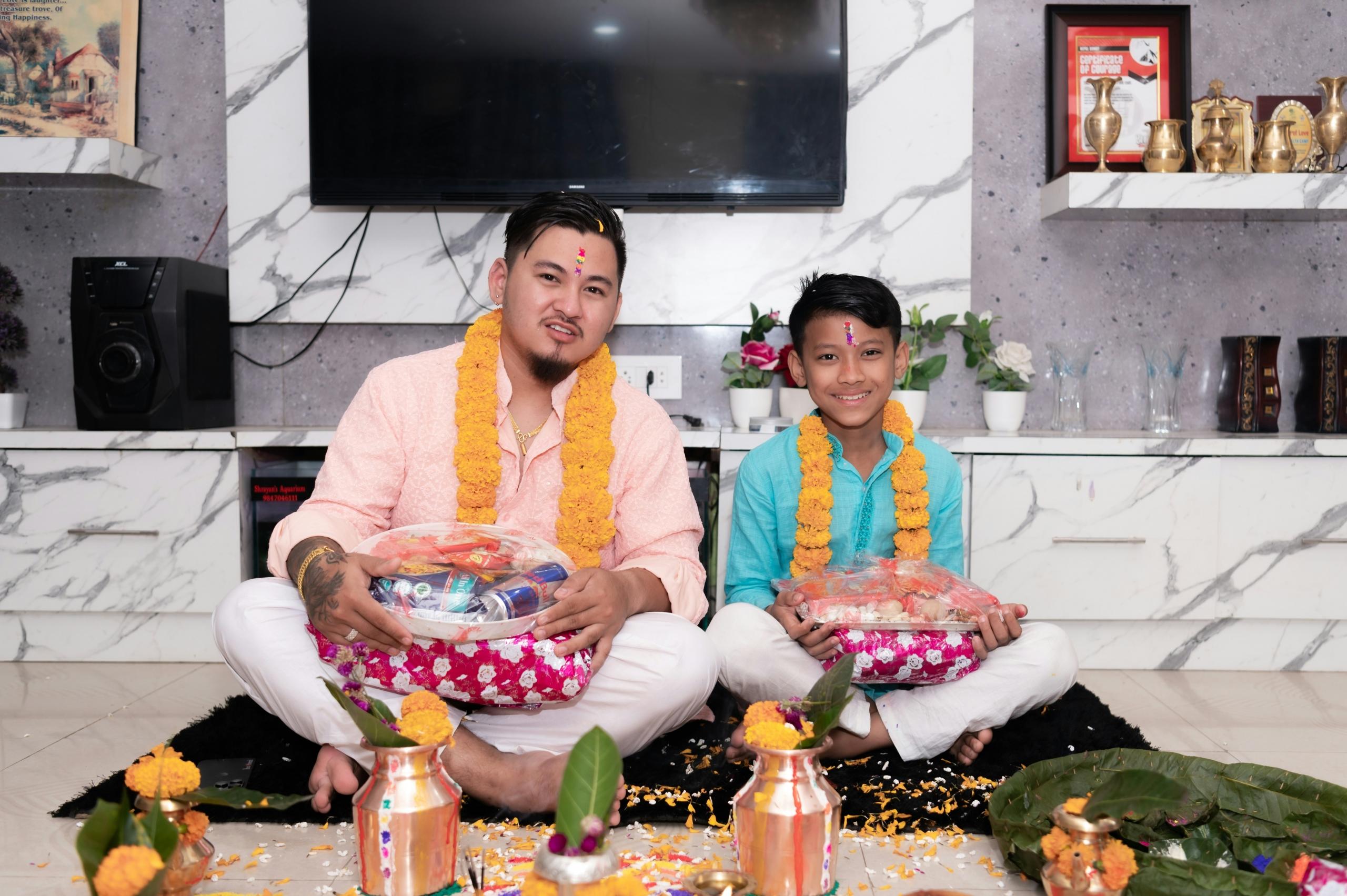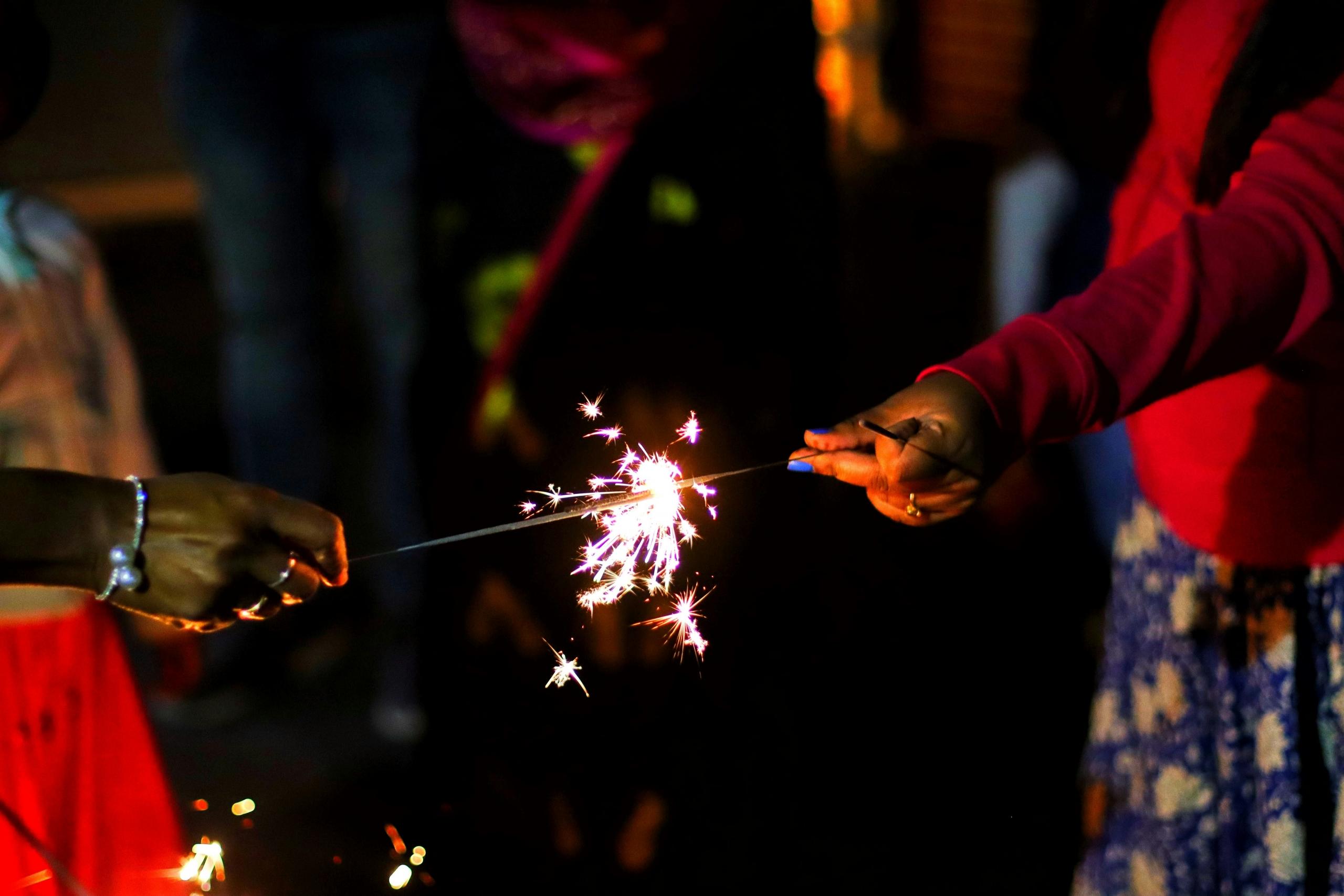Learning about other cultures allows us to understand that the world is a very diverse place. Billions of people live on the planet and there are many different cultures. This means that there exist different ways of seeing and living life.
Learning about this great Hindu festival, Diwali is an opportunity to understand the world in a different way. Answering the question "What is Diwali?" is a way to broaden our horizons and learn more about the history of mankind. Teaching about Diwali is learning about the different cultures that inhabit the planet. The “festival of lights”, as Diwali is known, is the most beautiful festival in which we can learn about another culture.

Diwali teaching resources
Diwali is the most important festival in India. It is a five-day celebration (in October or November) that symbolises the triumph of good over evil, the victory of light over darkness. During Diwali, Hindu families gather, decorate their homes and prepare traditional foods. Let's review below some Diwali teaching resources that may be useful for teachers to educate their students about this festival.
Diwali encourages charity, selflessness, and togetherness, making it a festival of sharing blessings and joy.
1-Educational videos
Watching videos about this festival is one of the most stimulating Diwali teaching resources. Videos are products that use image and audio tools, allowing young people to have a sensory experience. In addition, watching a Diwali video is always very attractive. A festival where lights and colours are the protagonists can make learning something very attractive, especially for children.
Videos do not necessarily have to be documentary works. It can also be animated stories, even a fiction film that recreates this Hindu celebration. A video is an excellent tool for teaching about Diwali. Through the audiovisual, complex concepts can be learned, which could be more difficult to understand in a text.
Diwali is a festival that commemorates the homecoming of the god Rama after defeating Ravana, a terrible demon. This is one of the versions of why this festival was started. Imagine being able to capture this story in an animation for children to see and understand more effectively. No doubt, educational videos are one of the most effective Diwali teaching resources.
2-Handicrafts
These are some of the coolest Diwali teaching ideas. Making handicrafts is a lot of fun. Professors can teach their students about Diwali while making handicrafts related to this festival. For example, they can create diyas and rangolis.
Diyas are clay lamps with cotton wicks. Hindus occupy diyas to decorate their houses and other places during the days of Diwali. These types of Diwali traditions, which can be so aesthetically pleasing, are more than just ornament; the purpose of these lamps is to illuminate with colours because Diyas symbolise the illumination of life over ignorance and negativity.
Handicrafts, such as making a Diya, are excellent Diwali teaching resources. While youngsters make a diya, their teachers can talk to them about the festival, making teaching about Diwali a common activity. Let's review below other handicrafts you can make to learn about Diwali:
| Name | What is this? |
|---|---|
| Rangolis | Rangolis are art pieces that are made on the floors of houses to welcome the gods. They are colourful and are usually made of coloured rice, dried fariña, coloured sand or flower petals. |
| Kandil | Kandils are paper lanterns. They are easy to make. You can make them with coloured paper, scissors and glue. These lanterns can be used for decoration, but they are also a beautiful form of art. |
| garlands | During Diwali, people make garlands, which they put on their loved ones. These are a symbol of welcome, but they are also a wish for good fortune. Diwali garlands can be made with paper, wool or real flowers. |
| Character masks | In order of teaching about Diwali, the students can make masks of the main characters of Diwali. These masks can be of figures such as Rama, Sita, Hanuman or Ravana. Masks can be colourful and can even be used for a theatrical presentation. |

3-Dramatic presentation
Young people also can learn about Diwali by performing a drama presentation. They should first learn about the sacred story that Diwali commemorates so that they can then perform it for an audience. This is one of the most comprehensive Diwali teaching ideas. Through this theatrical performance, youngsters can make masks, do crafts, act and learn about the history that gave birth to Diwali.
Diwali commemorates the appearance of Rama, the incarnation of the god Vishnu, who manages to defeat the demon Ravana. This victory symbolises the triumph of good over evil. It is believed that the story of the god Rama was registered by Valmiki, one of the first poets in Sanskrit.
Rama was born into a royal family in the city of Ayodhya, at a time when the demon Ravana terrorised the world. From a young age, Rama earned a reputation as a pious and courageous hero. In one of the competitions, he did what no other man had ever done: he lifted and bent Shiva's bow, which granted him the right to marry the beautiful princess Sita.
When it was time for Rama to ascend the throne, his father Dasharatha banished him to the forest for fourteen years because of an ancient vow. Rama accepted his exile with serenity, accompanied by his wife Sita and his faithful brother Lakshmana. One day, the evil demon Ravana heard about Sita's beauty and abducted her. He fell in love with her and tried to seduce her, but she rejected him.
Desperate to get her back, Rama and Lakshmana formed an alliance with the king of the monkeys, Sugriva, and his wise advisor Hanuman. Together, with an army of monkeys, they embarked on a mission to rescue Sita. After several fierce battles, Rama defeated Ravana and his army and saved Sita. In order to prove her innocence and fidelity, Sita stepped into the fire, but the flames spared her. Happily, Rama took his wife back home to rule Ayodhya for many years of glory.
4-Reading and discussions
A very traditional Diwali teaching resource is classroom reading. As we have seen, the storytelling tradition surrounding Diwali is extensive. The reading of all its stories in classes is an activity that could be very interesting for many students. Naturally, they can participate by discussing these stories and reflecting on the sacred value of these tales.
Diwali is a cultural and spiritual festival. Despite being a very particular Indian holiday, the way how Diwali is celebrated has elements that are similar to the celebrations we have in the West. For example, during Diwali families gather, eat together and wish each other the best for their lives. Christmas is a holiday that shares these same values.
Teaching about Diwali and its history is very important. As we learn about the history of this Hindu festival, we can also learn about the cultural similarities that exist among different human groups. This way, we can realise that we are not so different.

As we have seen Diwali is a religious festival that commemorates the victory of Rama over Ravana. However, there are other versions associated with the origin of Diwali. Teachers can use all versions of the origin of this celebration as Diwali teaching resources. Other versions of the mythical origin of Diwali are the following:
| Event | Story |
|---|---|
| Victory of Krishna | Another story associated with the origin of Diwali is Krishna's victory over Narakasura. The story tells how the god Krishna defeats the demon Narakasura to bring peace and free many innocent women prisoners. |
| Worship of Lakshmi | Lakshmi is the goddess of wealth and prosperity. During Diwali she is paid tribute and worshipped. After a great battle between the gods and the demons, Lakshmi appeared on earth to bring good fortune. Hindus see her as a symbol of generosity and gratitude. |
| The Story of Lord Ganesha | God Ganesha is also honored and celebrated in many parts of India during Diwali. Ganesh is the God of new opportunities, new beginnings and the overcoming of all obstacles. Every year, at the beginning of Diwali, people ask Ganesha for his blessings. |
| The Return of the Pandavas | In the epic “Mahabharata”, we read that the five Pandava brothers returned home after 13 years of exile. To celebrate their return, the people of Hastinapura lit lamps, which is also related to the Diwali festivities. |
| The Four Day Feast | There are several days of celebrations on Diwali, and during these days different myths are commemorated. For instance, Dhanteras is the first day, which celebrates wealth; Naraka Chaturdashi is the second day, which celebrates Krishna's victory; Diwali itself is the third day, where Lakshmi is worshipped; and Bhai Dooj is the fourth day, which celebrates the relationship between brothers and sisters. |
Myths persist through time. Whether they exist or not, they seep deep into people's hearts and bring out the best in them. The stories that originate from Diwali are full of values about goodness and important life lessons.
This is what is important. Diwali is not just about lights, Diwali delicious traditional recipes and fireworks. It is about the fire of life, goodness and hope. Our celebrations in Western countries are not much different in essence. Maybe this is a sign that we are not so different from them, that we have the same roots and share the same hope.
















